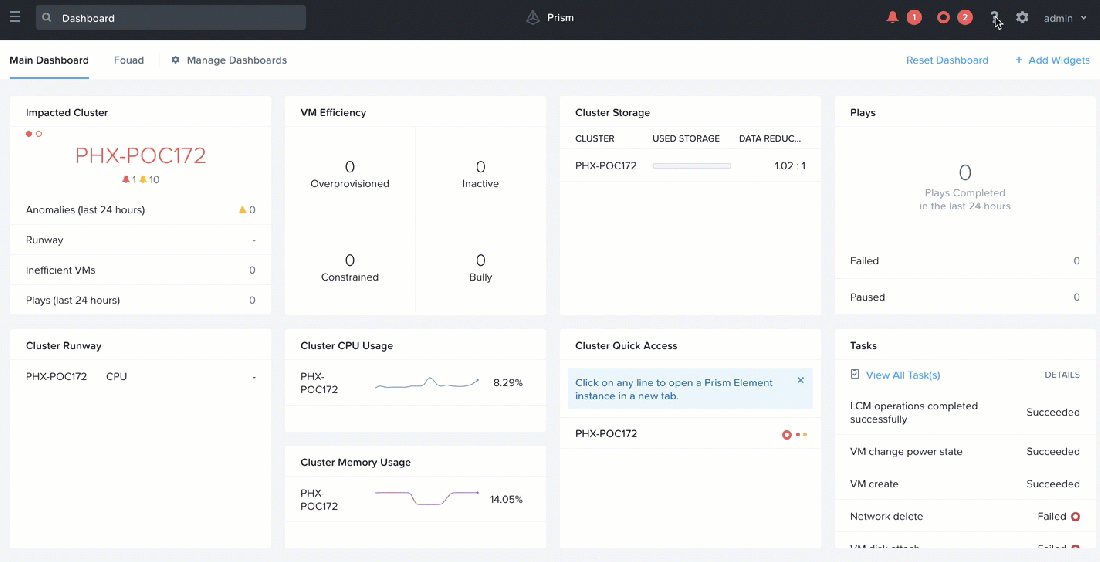To start this article, I found this Wikipedia definition relevant
Complexity characterizes the behavior of a system or model whose components interact in multiple ways and follow local rules; meaning that there is no reasonable higher instruction to define the various possible interactions.
The term is generally used to characterize something with many parts where those parts interact with each other in multiple ways, culminating in a higher order of emergence greater than the sum of its parts. The study of these complex linkages at various scales is the main goal of complex systems theory.
For the engineers: Today, the complexity of our IT Infrastructure, pushes to be in a frantic race to catch the train of the innovation, which the HR likes to call “the technological watch.”
Learn new complex technology as quickly as possible.
For CxOs: Complexity is expensive for our IT in its overall management, because the level of documentation is impacted, the processes to set up, the segmentation of technical teams, which at the end may have the tragic consequence of reducing time-to-market flexibility and often bring collateral damage like impacting the Availability (SLA) negatively.
When engineers have to learn more and more as quickly as possible, IT management is challenged to do more and more (more service, faster, …) with budgets that are rather downward.
HCI
The first battlefront of Nutanix was the legacy 3-tier storage architecture.
The 3-tier storage architecture (server – storage network – storage bay), composed of a multitude of technological layer, have the hard challenge of adapting to the transformation of IT (the era of digitalization) whose motto is flexibility, granularity, and speed, …
But those infrastructures require special management,
- Segmented IT (team) dedicated to storage management
- Alignment of the compatibility matrix (FC Card => SAN Switch => Controller)
- Special support
- Different support Quality (See NPS Score)
- Support Contract – End of Sales – End of Support not aligned with the rest of the infrastructure.
- Update of the different software layers (unimaginable to make an upgrade in full production)
- Firmware update (Example: FC Card => SAN Switch => Controller => Disk firmware)
- The unpredictability of the performance
- Costs: purchase but especially extension
- …
To solve this complexity, SDDC Solutions have arrived on the market, basing their intelligence, not on physical components but a software layer allowing a scalable and multi-hardware offer.
Nutanix in this segment was introduced via its Software-Defined Storage (SDS) solution, which solves a large number of issues related to the complexity of storage management.
- Deleting complex SAN networks
- Simplicity of management
- Predictive and simplified performance and scalability
- Full compatibility matrix support
- ….
The Nutanix solution of origin SDS is quickly mounted on different SDDC layers, with a single watchword being, simplify IT architectures.
Today via a philosophy called ‘One Click ….’ it allows you to automate complex operations in just a few clicks
One-Click …:
- Update / Upgrade: AOS (management and SDS), Hypervisor (ESXi, AHV, Hyper-V), Firmwares (multi-Hardware), tools …
- Expansion (add nodes)
- Automation: Workflow of tasks in graphics mode (see: X-Play)
- Security (Automated software security application and check)
- micro-segmentation (Firewalling by VM)
- Advanced Dashboard (Capacity Planning, Over-provisioned / Under-provisioned / Idle VMs, …)
- Deployment of a Kubernetes cluster
- Database Deployment (Oracle, MS SQL, Maria DB): Deploy, clone
- ….
I would need a lot of blog posts post to describe each of these points so that I will focus on 2 points:
- The virtualization layers with AHV
- Deployment of new service
AHV
The virtualization layer with the AHV Story
Nutanix, to offer this Enterprise Cloud experience, it launches its own AHV (Acropolis HyperVisor), to offer you a Cloud experience.
At AWS, Azure, GCP, … Do you need to switch from one management console to another to deploy your different services by also having to manage the Back-end Engine like hypervisors? … No! All happens in the same window.
In the same idea, Nutanix, via its Prism Interface, allows you to manage your entire infrastructure on a HTML5 window.
To be more precise, you will be able to manage:
- Virtual machines
- Advanced monitoring
- Storage (policy, capacity…)
- Replication with remote site orchestration
- Kubernetes Cluster
- NAS (Filer)
- Object Storage
- Presentation of RAW volumes to internal/external services
- CMP: Automated Application Deployment Portal
- ….
And to also simplify your cost management, AHV arrives in Bundle in the solution Nutanix free to you to use it or No and all supported by Nutanix (Single point of Support) without having to pay for extra fees.
Deployment of new service
Please watch the GIF animation to see how to activate new service
If you want to add a new service such as a Cloud Management Portal (CMP), no need to deploy an army of VM consuming and impacting the resources of your cluster, all you need from the same console “Prism Central” is to activate the desired service (an addition of RAM and automatic CPU can be required) and your CMP called CALM is available.
Same for the Microsegmentation called flow.
Again, same philosophy for the Disaster Recovery Orchestration tool called Leap.








Leave A Comment